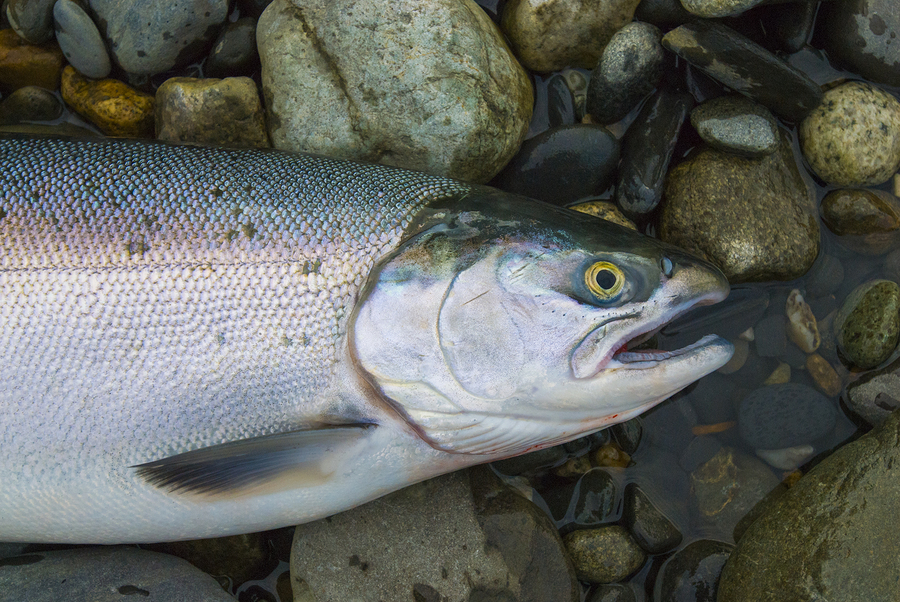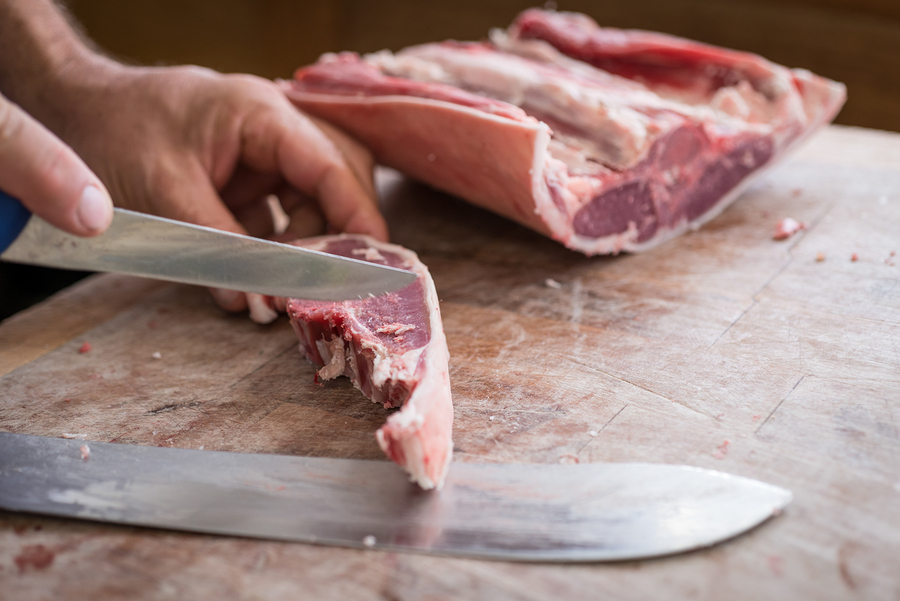Fish Oil For Dogs: Comparing Salmon Oil, Krill Oil and Pollock Oil
Omega-6 and omega-3 fats are as vital to your pet’s health as they are to yours. These fatty acids are crucial for many of your pet’s most important tissues and organs — everything from their livers to their skin and coats. Equally as important, essential fats…



